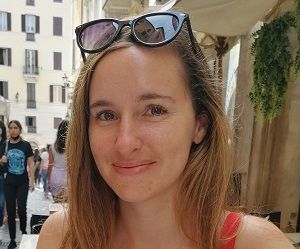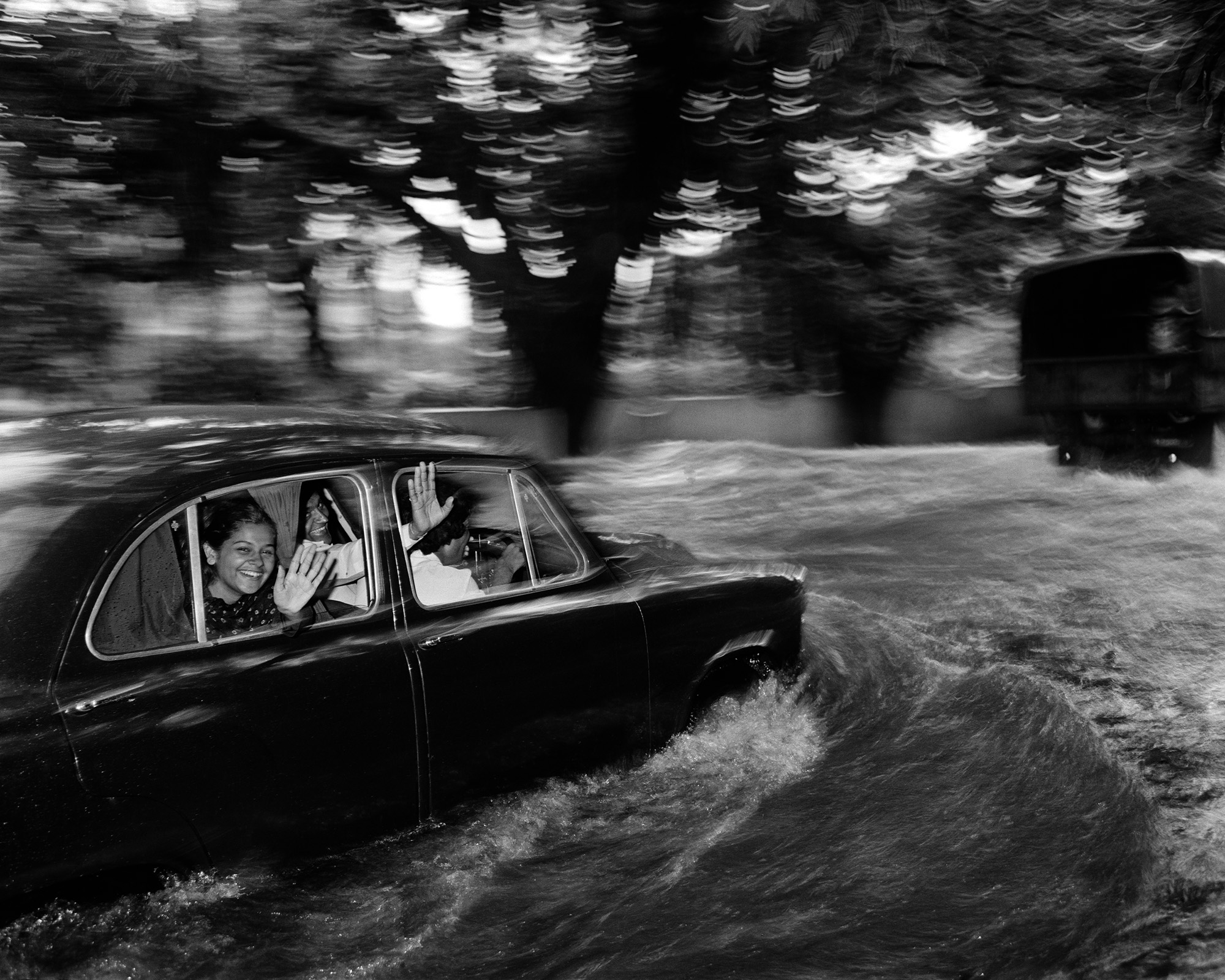In today’s instalment of our series on people with inspiring jobs who travel the world, we introduce you to Belgian photographer Carl De Keyzer. Carl, member of Magnum Photos since 1994, has traveled all around the world to capture themes such as religion, culture, politics, history and environmental changes. He shares his experiences with us and tells us more about what it’s like to create photo reports about these themes in sometimes difficult circumstances.
What initially drew you to photography, and how did you decide to focus on the themes of culture, religion, politics, history, and environmental changes in your work?
I’ve always been interested in photography. At the age of fourteen, I had a darkroom in the attic at my parent’s house. So, after wasting a year studying to become a veterinarian, I decided to pursue something related to my hobby. I didn’t know exactly what to expect, but it turned out to be a great decision because I discovered I had a talent for it.
The themes gradually evolved. My first major project was in India. On the way there, I had a lay-over in Moscow because I was flying with Aeroflot, the cheapest airline. This allowed me to spend three days in Moscow and gave me the opportunity to explore the Soviet world. I caught a glimpse of a world completely unknown to me. At the time, the Cold War was still in full swing. I found the propaganda, the system, and all those elements immensely fascinating. That’s how I got the idea to create a photo report about the Soviet Union.
My next project came somewhat automatically: the implosion of the Soviet Union and the end of the Cold War in 1989. America was the big winner, with religion, and the fight against Communism and godlessness, having played a huge role. So I thought: Why not visit America to see how the victors, those Christians who defeated the Communists, are doing?
I didn’t realize until later that those power systems based on politics and history had a somewhat common thread that started to reveal a pattern. This fascinated me enormously and provided me with many visual possibilities. Thus, one project led to another, leading to almost 20 books.
You’ve embarked on many extensive projects around the world. How do you decide which project to pursue next; is there a personal passion or a larger social relevance that guides your choice?
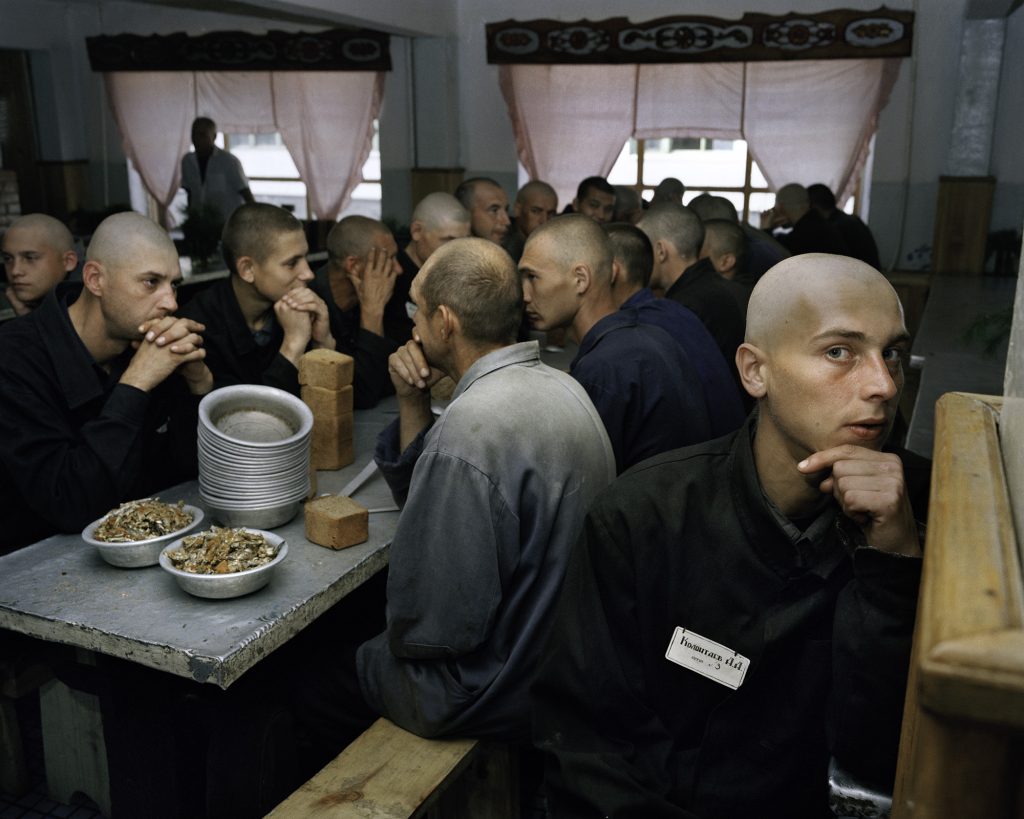
This sometimes happened by chance, for example, when I was sent to a certain location for an assignment, or I saw photos of a particular subject in the newspaper and thought, “There’s more to be done here.”
For example, Magnum sent me to Siberia, first against my will. We unexpectedly, through my students, ended up in a former gulag, now prison. Siberia was still a bit of a dead zone then. Putin was trying to put things in order, but Russia was still in a kind of power vacuum where a lot was possible. Afterwards, the doors were locked again. At the time, I thought, “This is the moment to get in.” I made a quick decision and took advantage of the moment and the opportunity. That’s how the photo essay “Zona” about the prison camps in Siberia came about. Now this is impossible. So, I am one of the few, or perhaps even the only one, who has been able to do that.
For other photo essays, my approach was more systematic. For example, the project “DPR Korea GRAND TOUR” had been in my drawer for a while. I had already published several books about religion, communism, colonialism, war, power systems, politics, etc., so I could not skip North Korea. This project came about with the help of a British travel agency in China that organizes trips to North Korea.
Being a Magnum photographer provided a degree of confidence and when they saw that I had a lot of experience with communist countries, they agreed to help me. Moreover, they needed photos for their new website. This worked out well, and everything came together.
For this project, I visited 250 locations, which no one had done before. I wanted to stay there as long as possible because the longer you work on something, the greater the opportunity to create stronger images.
Could you share one of your most memorable experiences from your travels that significantly impacted your perspective or approach to photography?
My first major trip to India turned my world upside down. What I saw there, the society and culture, were beyond anything I had previously imagined. This experience also drastically reduced my sense of self-preservation and risk awareness. If those people can survive with so little, who am I to complain? I was impressed with the fact that, despite the chaos, things still function to some extent.
Interestingly, I didn’t travel to India because the country interested me; I went there because I was looking for places where many people gather at the same time. The Ganges Valley proved ideal for this. There, I was able to practice my skills at flash photography and capturing chaotic moments, which was a completely new approach for me. Before traveling to India, I was more of a passive observer photographer, similar to Henri Cartier-Bresson.
India is such an overwhelming country that it’s difficult to contribute anything visually new. As a photographer, it’s challenging to leave your mark on such a place. Countries like China and the United States are so visually compelling that doing so is not an easy feat.
India remains one of my favorite countries, despite not having visited for a long time and enduring considerable hardships there. I had little money to travel, it was way too hot, I got sick a few times and when I returned home, I said that I would never go on a trip again. But then I saw how great the first images turned out, and realized that the photos from that trip launched my career. They traveled all over the world and even led to a book, which was unexpected. It all started with those photos.
In “Moments Before The Flood,” you capture the imminent threat of rising sea levels. How did you approach depicting such a gradual yet dramatic environmental change through your lens?
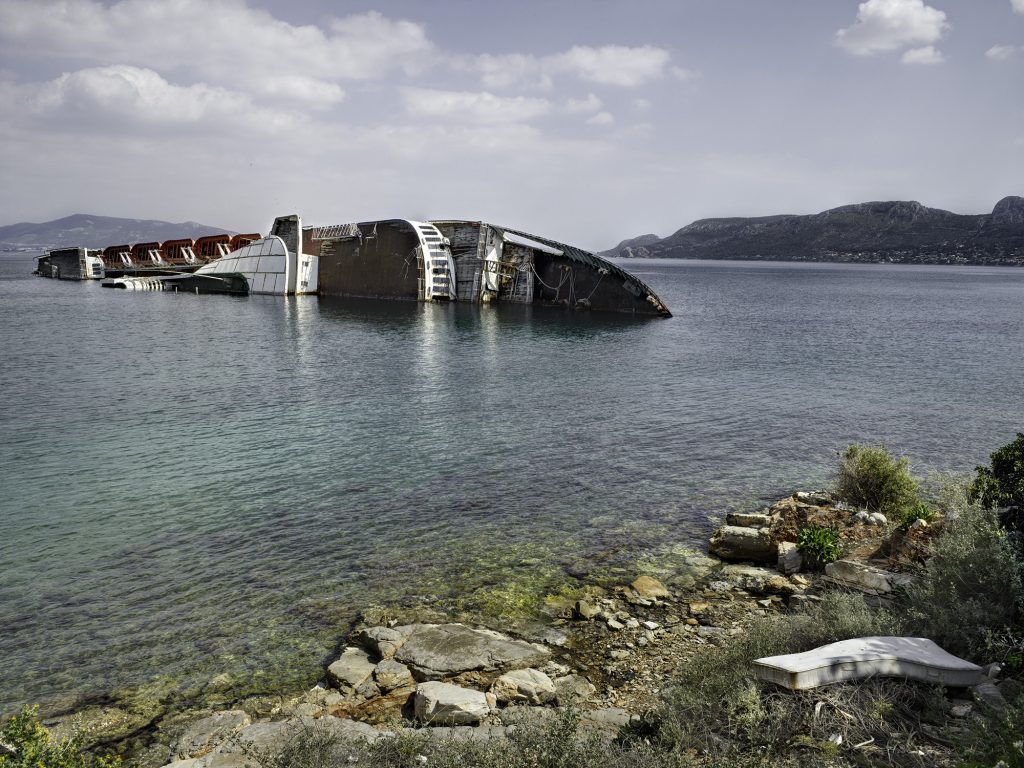
For “Moments Before the Flood,” I photographed the entire coast of Europe and 5,000 different beaches. At the time, the media were increasingly reporting on climate change, and Al Gore’s film had been released. I leveraged that panic to create a current long-term series. It was a massive project that required a lot of preparation.
I had the help of two part-time assistants who looked up locations for me. I then visited the beaches and photographed them each time with the idea that a tsunami could strike in half an hour, a week, or a month. With that in mind, your perception of those serene settings is completely changed. At first, I only focused on photographing the beaches, but I gradually began to include people. The presence of a human in a landscape has a greater visual impact and can convey that sense of threat more effectively.
I was also inspired by marine painting, where the coast is often depicted as threatening or romantic. I incorporated a touch of this romance, which can be subtly menacing. You can draw people into a beautiful image that ultimately turns out to be very threatening.
What was the most logistically challenging shoot you’ve encountered? What are some of the biggest challenges you face while working in remote or politically complex areas, such as North Korea or Siberian camps?
From a logistics standpoint, “Moments Before the Flood” was the most demanding project. For this, I traveled 130,000 kilometers and slept in 566 different hotels. Every day, I had 20 potential locations to visit. I would drive from one to the other and then decide whether or not to stop. Every project is different.
North Korea was challenging since I was always accompanied by a driver and two guides who never let me out of their sight and stray even a meter away from them. If they suspected I was going to photograph something sensitive, they would try to stand in the way. To overcome these obstacles, you have to be creative, and work quickly and efficiently. In the end, I only had 60 days in North Korea, and needed 100 photos for the book. You have to work very quickly, you can’t take your time. You have to adapt to your subject and creatively deal with any problems you encounter.
In Siberia, the physical challenges were especially hard. Temperatures in winter drop to around minus 50 degrees Celsius. At these temperatures, it is very difficult to even change the film in analog cameras, which I still used at the time. I wore multiple Siberian vests, three pairs of gloves, a hat, and a mask. To open my camera and change the film I had to use a screwdriver with thick gloves on, and then use my teeth to tear open a new roll of film. Sometimes changing film took 20 minutes at minus 40 degrees. Moreover, if I hurried the process, trying to capture a fleeting moment, the film might snap from the cold. There were also instances when cameras or flashes broke, or when troublemakers would throw water on them.
How do you prepare yourself to handle a sensitive historical subject such as “Congo Belge” both intellectually and emotionally?
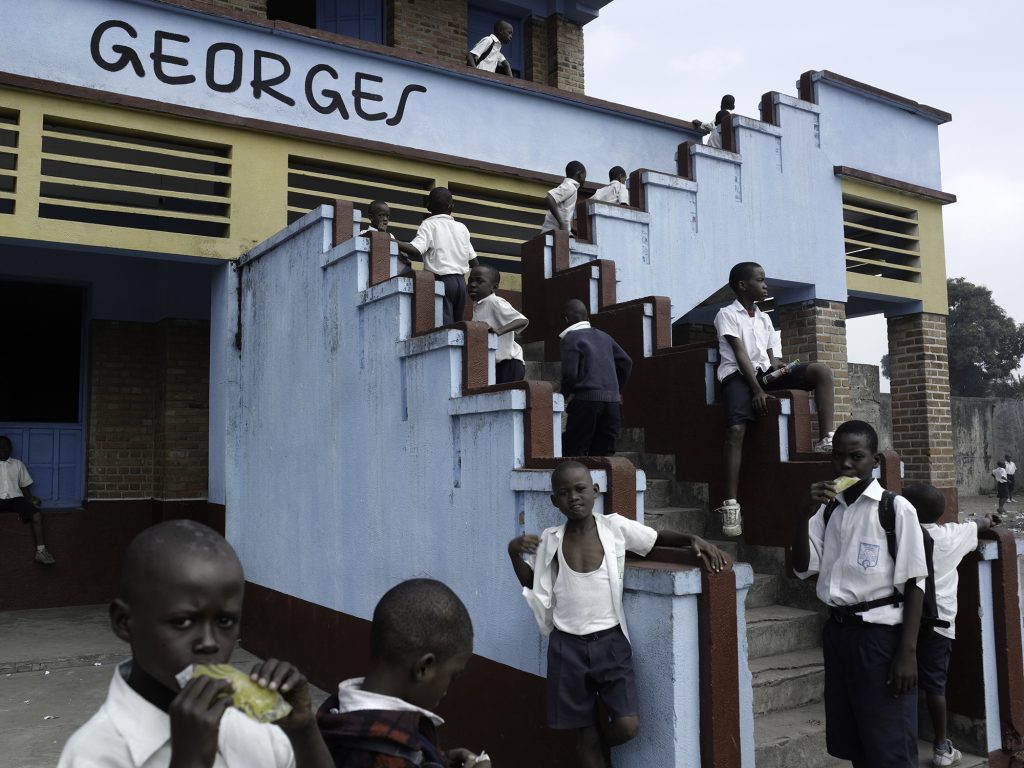
“Congo Belge” is the most challenging project I have ever undertaken. It took about six years, as I abandoned it a few times. The project was daunting and demanded quite a lot of preparation. Traveling there alone was not feasible due to the high costs and safety risks. Instead, I collaborated with NGOs active in the area, using a 1954 tourist guide to identify specific sites I wanted to visit. I really wanted to explore Belgium’s colonial heritage.
I made a conscious decision not to read much about the history of the Belgian Congo, something I usually do, because the history is very complicated. I chose to be directly confronted by reality itself. To me, this book is about Belgium itself. How does a country decide to completely subjugate another and impose its own architecture and religious system on a different society? The contrast was stark.
The emotional toll was also significant. I was there, not only as a photographer but also as a Belgian, who, figuratively speaking, came to take advantage of the people’s plight and profit from it. That was challenging. The response was often aggressive, making it challenging to work. I was arrested 54 times in 10 months, which speaks volumes.
How do you ensure cultural sensitivity and respect in your photography, especially when capturing moments in very diverse and sometimes vulnerable communities?
The stereotype of the white “colonial” photographer going to “exotic” countries to “exploit” poor or vulnerable cultures applies to me as well. Indeed, I am one who can afford to travel around the world and stay at a destination for several months, take photos to then publish and sell. When viewed critically, it’s taking advantage of the situation of some cultures.
I am comfortable with white photographers expressing their views on China and Africa. Likewise, it would be enormously beneficial for photographers from those regions to come here and to critique us. This is happening more and more now, which wasn’t the case in the past as they didn’t have the resources and education. We are undoubtedly very privileged in terms of culture and upbringing. I welcome their criticism of our societies, just as we have critiqued theirs. I don’t lose sleep over this and find it to be an engaging and important dialogue.
Your projects often shed light on important socio-political issues. What impact do you hope your work will have on viewers and the subjects you portray?

My photography is engaged and often carries a tone of criticism or irony toward the subjects, but I don’t aim to convince anyone. None of my books has changed the world. Much of my work is driven by personal interest, because I find it exciting to tackle a new subject and its challenges. Additionally, regularly creating a new book every 2-3 years keeps me occupied and fuels a pattern, a driving force in my work.
My images are sometimes complex. People don’t always know what I stand for because I work with double layers, irony, and humor, but I am critical of religion and communism. As for the climate, for a while I found myself between the believers and skeptics, as I was uncertain at the time. Over time, opinions have shifted significantly in one direction, but then there were two camps, and I was in the middle. This uncertainty can result in work being more abstract and you allow the viewer to fill in the blanks. This is the most beautiful thing about photography. It is purely recognizable and hyperrealistic, yet there is a tension that makes it a bit uncomfortable. I like that people create their own narratives and interpretations of what they see. Everyone has a different background and reacts differently, which often renders the work surreal or very abstract.
Your images have a distinctive look and feel. Could you elaborate on your photographic technique, particularly how you use lighting and composition to enhance the narrative of your photos?
Initially, flash photography was my trademark. For example, in India I had to use flash because the contrast between the shadow and the sun was too high. By using flash, I could reduce that contrast, so the people in the shadows could become visible. This added a bit of extra surrealism to my images.
Once the digital revolution came along, and I could work with 6400 ISO instead of 400, I could drop the flash and still produce usable images. I did miss the typical light of a flash, but the new possibilities and features of the digital models outweighed that.
What advice would you give to aspiring photographers who wish to embark on similar career paths? What technical advice would you offer?
In the past, I always advised to get a formal education, attend evening classes or enroll in an academy because you have to learn the basics properly. Many people spend too much time doing things on their own and then have to unlearn a lot of bad habits – this often happens at workshops.
Now I usually advise this: start by taking a few courses or workshops from established professionals and then dedicate yourself entirely for five years. If it doesn’t work after five years, do something else or try again for another five years. It takes five to ten years to find your own voice. That’s how long it usually takes to translate what’s in your mind onto paper.
While taking a technically good photo is not as challenging today, creating content with depth is more complex. Incorporating irony, humor, criticism, multiple layers, historical references and timing into your images, takes a bit of time. Even in the first ten years, you might not fully succeed. It can take even longer to fully express your personality through your work.
Website: https://www.carldekeyzer.com/
Instagram: https://www.instagram.com/carldekeyzer/
Facebook: https://www.facebook.com/carldekeyzer
